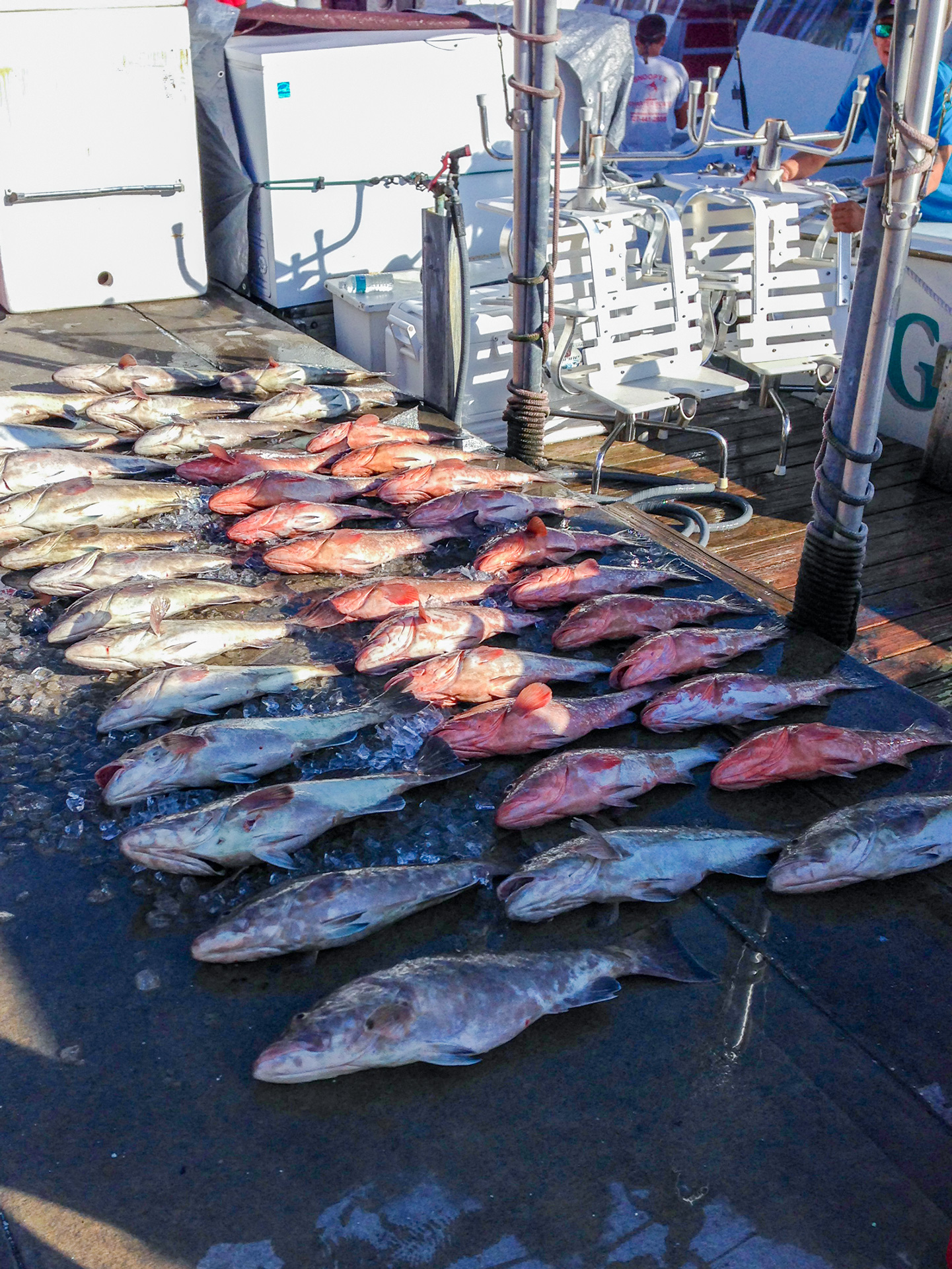Among just a few of the activities of the US Coast Guard is inspection of commercial boats carrying passengers for hire. Vessels carrying more than six passengers must show a COI (Certificate of Inspection); among just a few of things these are the vessels hull construction, machinery, stability, safety railings, navigation equipment and wiring meet Federal regulations. The vessel’s firefighting and lifesaving equipment must be working and in good condition also the crews of these vessels have undergone drug testing,

Coast Guard rules for charter boats
Rest Assured
- Coast Guard Certified vessels are vessels permitted to take on more than 6 passengers for hire.
- The boats are regularly inspected by the Coast Guard to ensure all safety equipment and training of the Captain and crew are monitored. The design of the boat is built for safety and must pass yearly inspections of the physical vessel. Rigorous tests are done for stability.
- Coast Guard Certified vessels are insured more heavily and thoroughly. The dock at which you are is also important to be a commercial dock and carry adequate insurance coverage.
- Boats which are not Coast Guard Certified vessels may carry only up to 6 passengers. The Captain must have a valid Captains license and insurances.
Vessels subject to inspection are
- Passenger vessels. This category of vessel includes crew boats, nautical school vessels, cruise ships, excursion vessels, charter fishing boats, etc., carrying six or more passengers. There are two kinds of inspections: Safety and Security. Inspections of vessel safety systems includes the following:
- Hull inspection to ensure seaworthiness of vessel.
- Main/auxiliary power inspection to ensure safe and operable machinery for vessel propulsion and emergency power.
- Ensure the vessel is structurally sound with operable safety devices.
- Electrical systems inspection to ensure satisfactory installation of wiring and equipment.
- Lifesaving systems inspection to ensure satisfactory and adequate means to abandon ship.
- Inspection of Firefighting systems, fixed and portable devices.
- Navigation inspection to ensure adequacy and operation of navigation equipment.
- Pollution prevention inspection to ensure compliance with international regulations and domestic laws.
Inspections of vessel security systems includes the following
Verification of security related documents and certificates.
Ensure appropriate training drills, and exercises are being conducted.
Ensure required onboard security procedures are in place.


